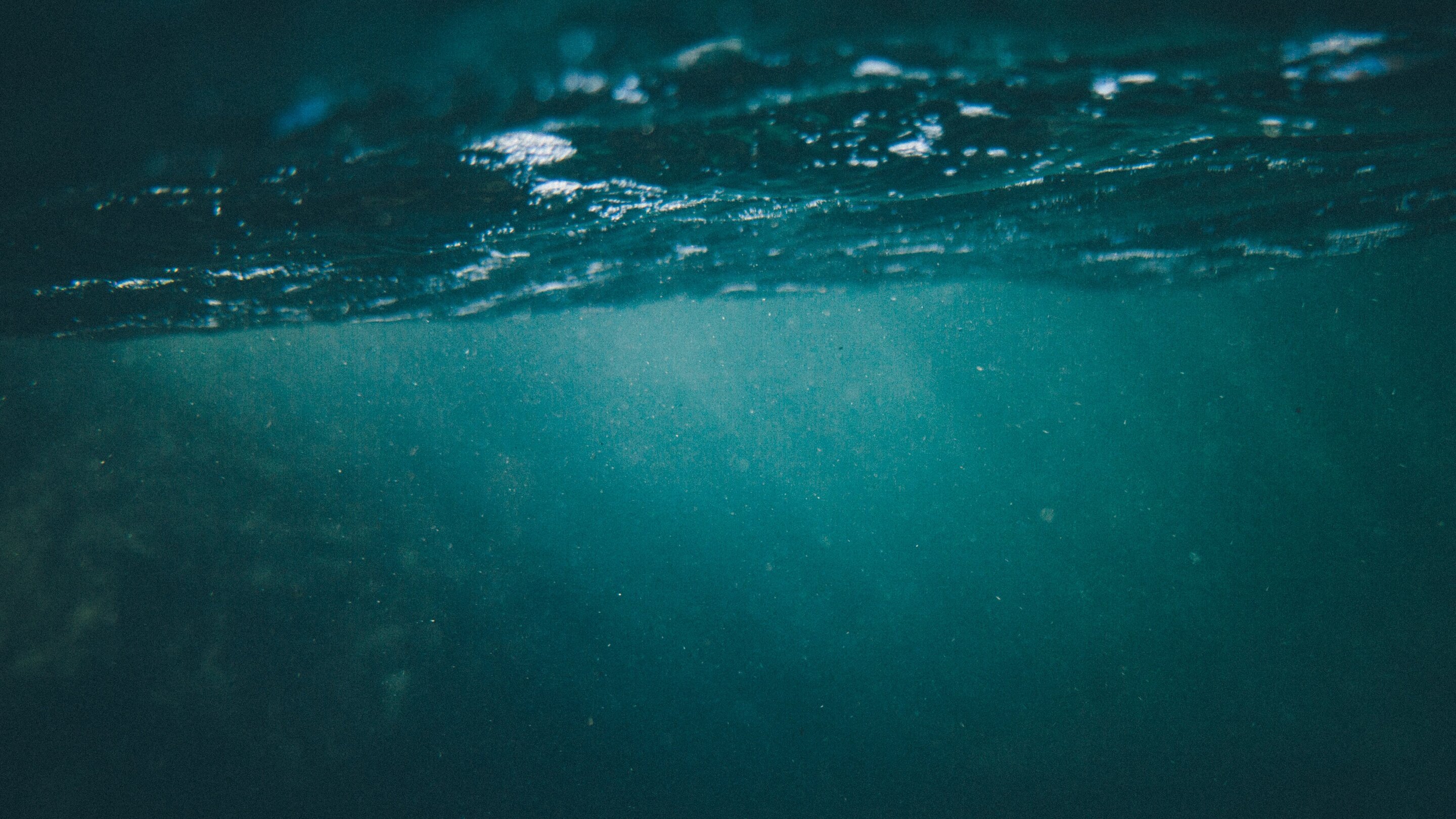Plastic pollution is everywhere
15. 11. 2020 | Phys.org | www.phys.org
Plastic pollution is ubiquitous today, with microplastic particles from disposable goods found in natural environments throughout the globe, including Antarctica. But how those particles move through and accumulate in the environment is poorly understood.
Now a Princeton University study has revealed the mechanism by which microplastics, like Styrofoam, and particulate pollutants are carried long distances through soil and other porous media, with implications for preventing the spread and accumulation of contaminants in food and water sources.

The study, published in Science Advances on November 13, reveals that microplastic particles get stuck when traveling through porous materials such as soil and sediment but later break free and often continue to move substantially further. Research team found that the microparticles are pushed free when the rate of fluid flowing through the media remains high enough. The Princeton researchers showed that the process of deposition, or the formation of clogs, and erosion, their breakup, is cyclical; clogs form and then are broken up by fluid pressure over time and distance, moving particles further through the pore space until clogs reform.
Read more at Phys.org
Image Credit: Unsplash
-jk-




